My favourite painting: Wilfred Emmanuel-Jones
The farmer on The Three Ages of Woman by Gustav Klimt.
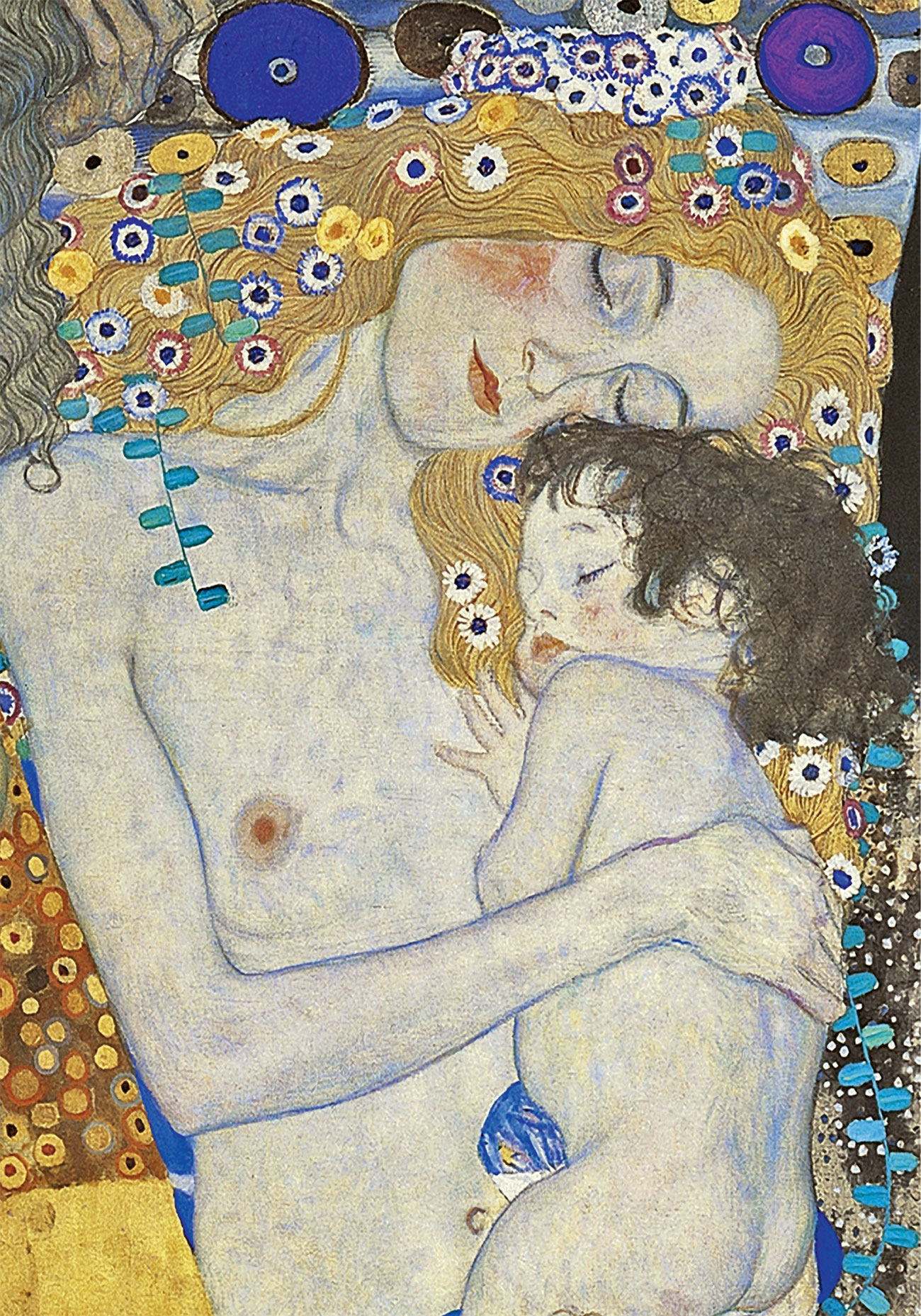

Wilfred Emmanuel-Jones on detail from The Three Ages of Woman by Gustav Klimt
'This particular portion of Klimt’s larger The Three Ages of Woman has the power to connect me to a part of my soul that is usually buried. I think we all subconsciously wish for this moment. For me, it conjures up serenity, tenderness and peace.
'The flowers and colours give it a romantic glow — of something always out of reach. As a child of the Windrush Generation, I was left with relatives when I was six months old and I didn’t see my Mum again until I was five.
'Although now in my sixties, that fundamental bond was broken, never mending, and this image takes me back to a place of yearning.'
Wilfred Emmanuel-Jones is a farmer and the founder of The Black Farmer range of food products.
Charlotte Mullins comments on The Three Ages of Woman
In The Three Ages of Woman, a naked woman with flaming hair studded with flowers stands holding a sleeping infant. Her head is bowed so it rests on top of the baby girl’s.
A transparent veil swirls around their legs and discs of blue and gold occupy the spaces between their slender limbs. Next to them, an older naked figure stands in profile, her breasts sagging, her stomach distended. The woman’s head is bowed, hair falling in waves so we cannot see her face. She clutches her brow in sorrow, her shoulders hunched, her hands landscaped with veins. She stands in front of a patterned surface that simultaneously resembles trees, geological strata and textile design.
All the women in The Three Ages of Woman have their eyes closed or obscured. Vienna saw the publication of Sigmund Freud’s Interpretation of Dreams in 1899 and many popular plays and poems took the unconscious as their subject. Klimt similarly takes us into a dreamlike world, where figures float untethered from reality.
This painting was completed in 1905, the year Klimt resigned as the founding president of the Vienna Secession. The Secession had put Austrian art on the map and provided artists with a place to exhibit their exciting new variants of Modernism.
Klimt’s own style had developed rapidly from traditional fin-de-siècle portraiture to a dramatic flattening of the picture plane. His female sitters fused with the decorated rooms and patterned gowns that surrounded them, only their faces retaining any semblance of naturalism.
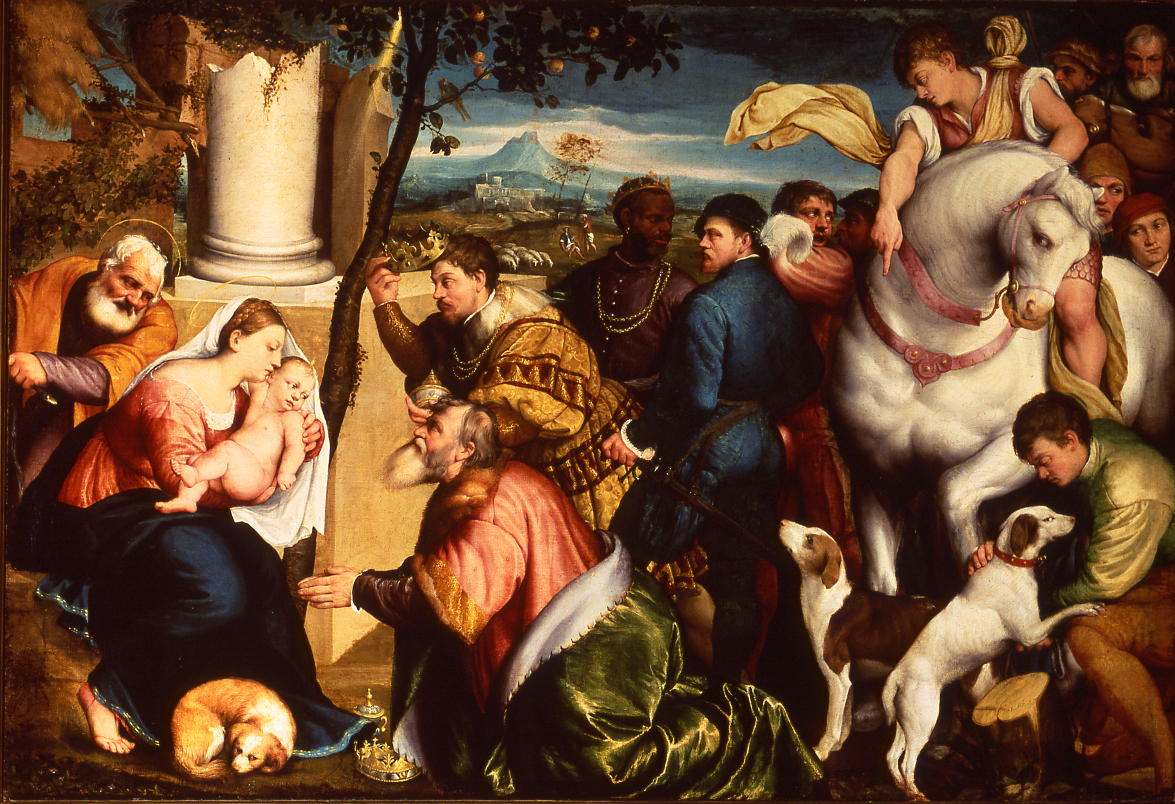
My favourite painting: Orlando Rock
Orlando Rock, chairman of Christie's, chooses The Adoration of the Magi by Jacopo Bassano.
Sign up for the Country Life Newsletter
Exquisite houses, the beauty of Nature, and how to get the most from your life, straight to your inbox.
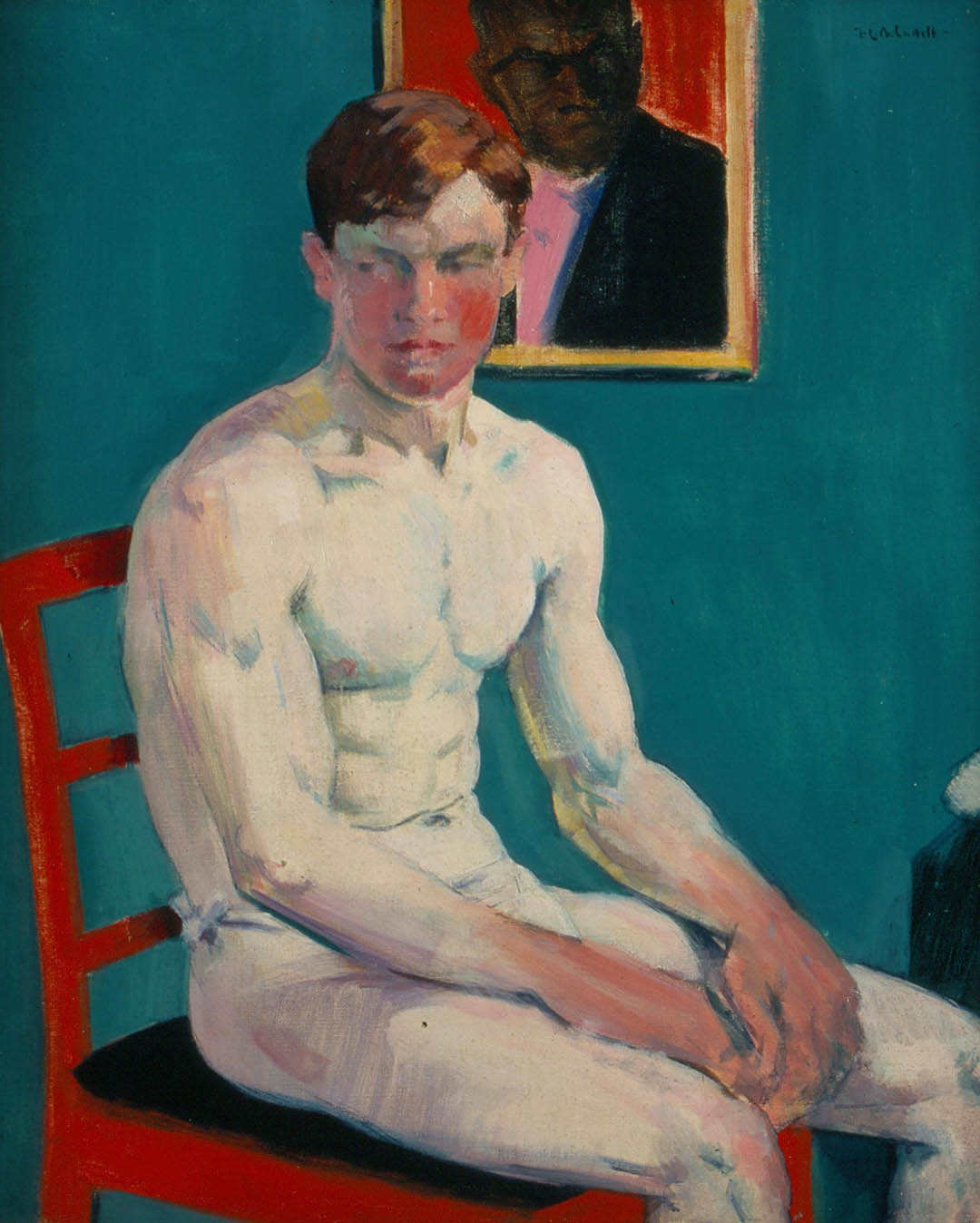
My Favourite Painting: Luke Edward Hall
Designer and writer Luke Edward Hall chooses an image painted by a charismatic dandy known as ‘Bunty’.
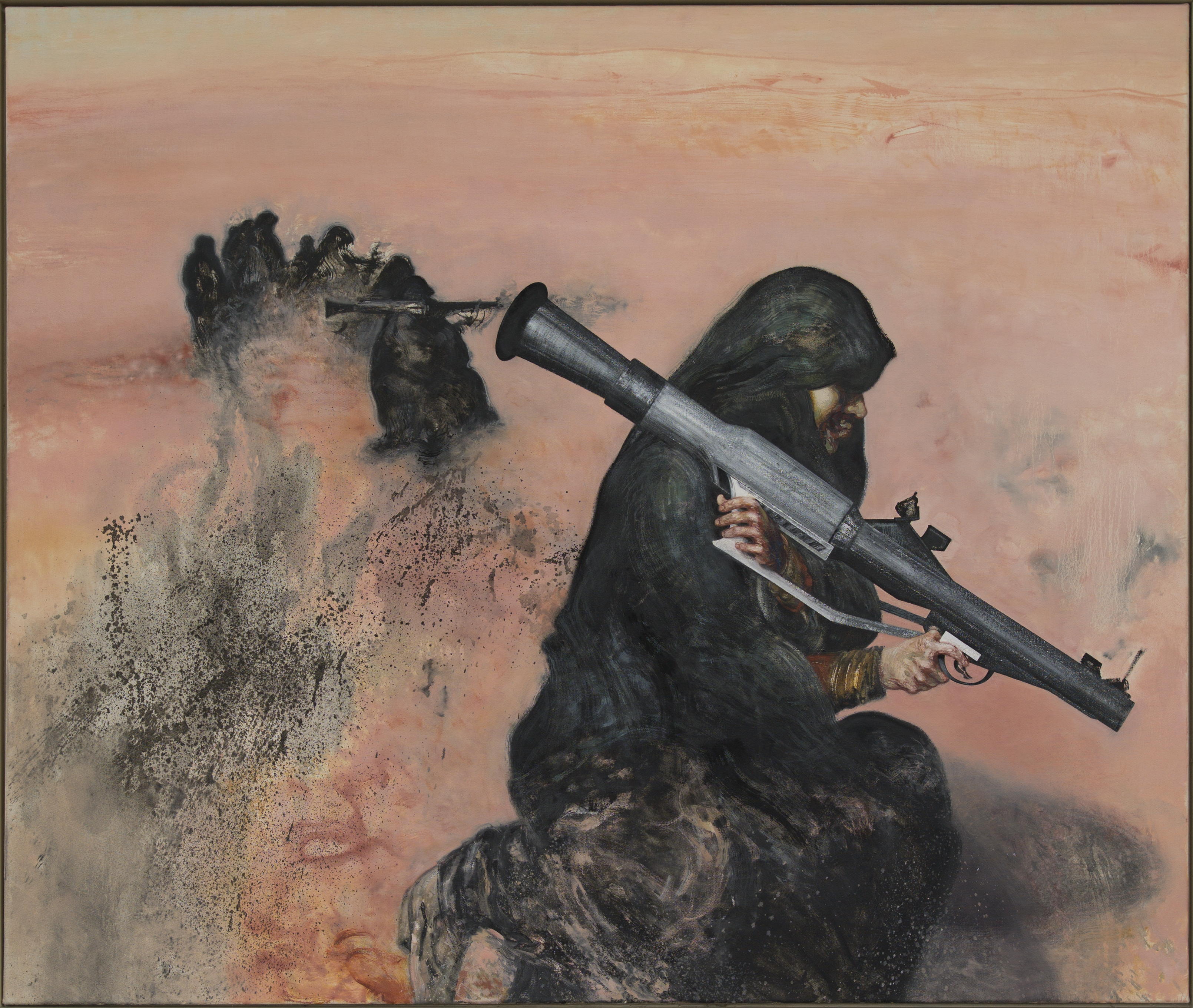
My favourite painting: Dr Kate Pretty
Dr Kate Pretty, founder of the Young Archaeologists' Club and former principal of Homerton College, Cambridge, chooses Gulf Women Prepare
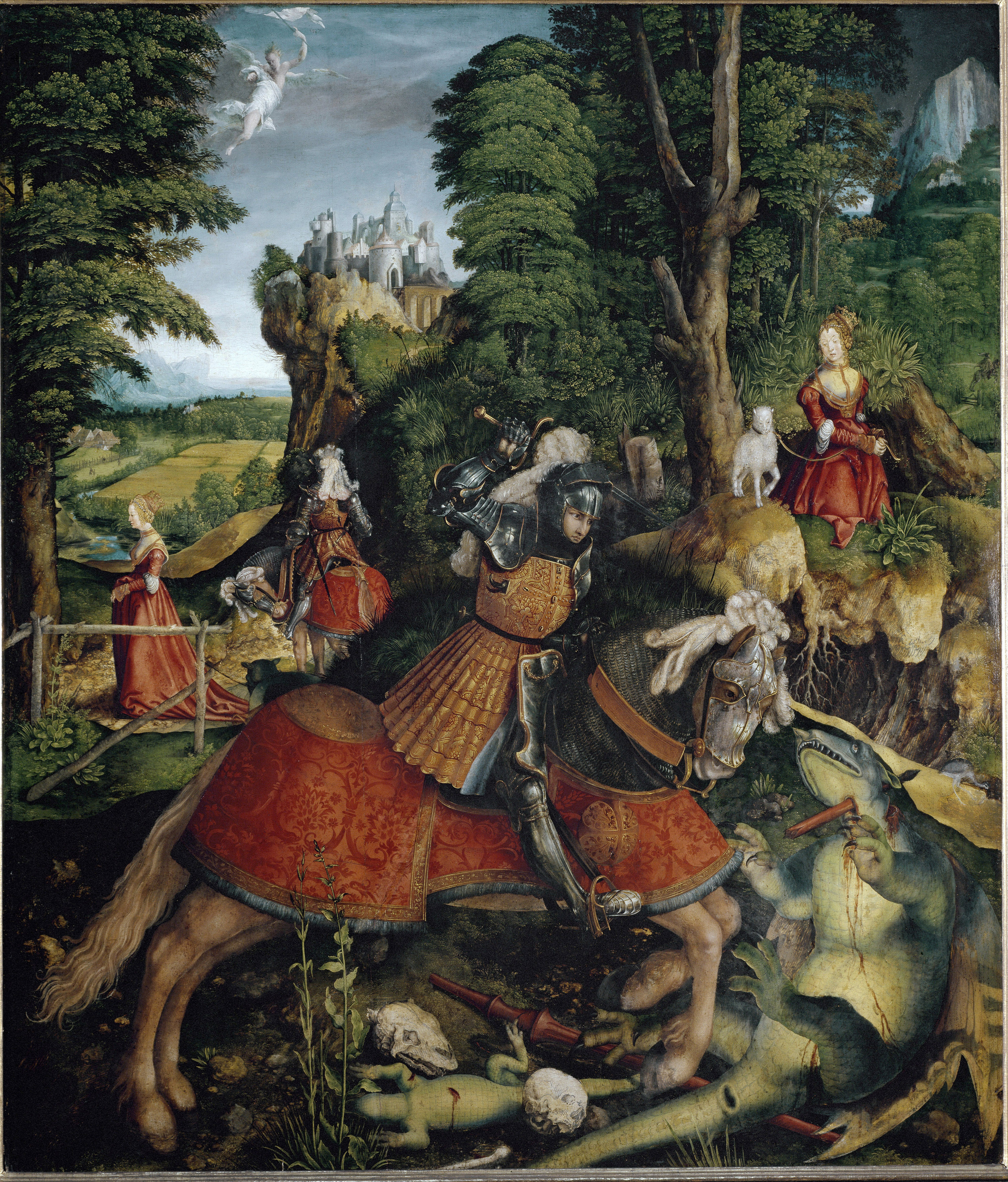
My favourite painting: Tug Rice
New York based artist Tug Rice chooses St George and the Dragon by Leonhard Beck.

My favourite painting: Richard Anderson
Tailor Richard Anderson picks an image of a smartly-dressed gentleman.
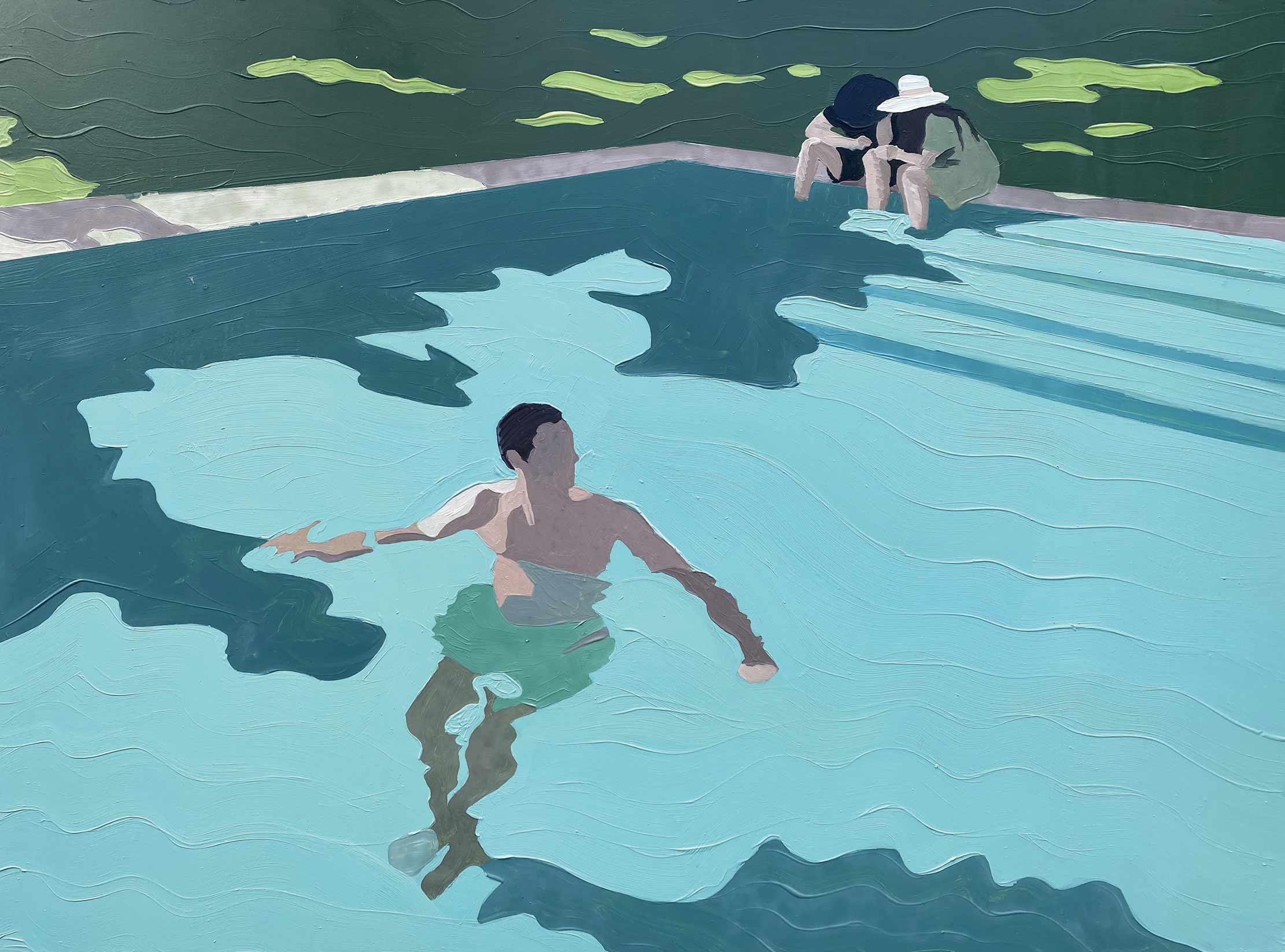
My Favourite Painting: Virginia Chadwyck-Healey
Stylist and writer Virginia Chadwyck-Healey chooses an image that she first came across during lockdown.
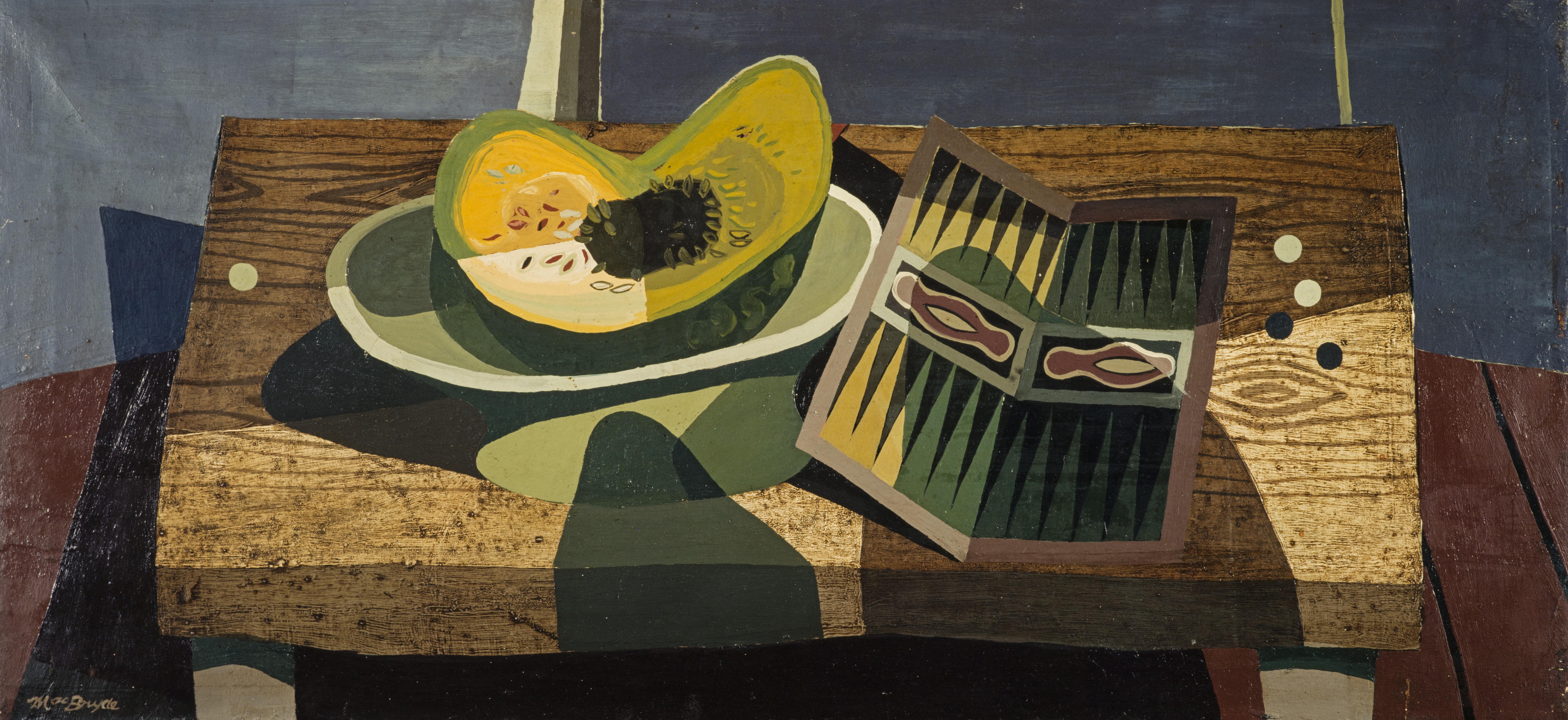
My favourite painting: Annie Sloan
The author and paint company founder loves this Cubism-inspired still life for its colour and contradiction.
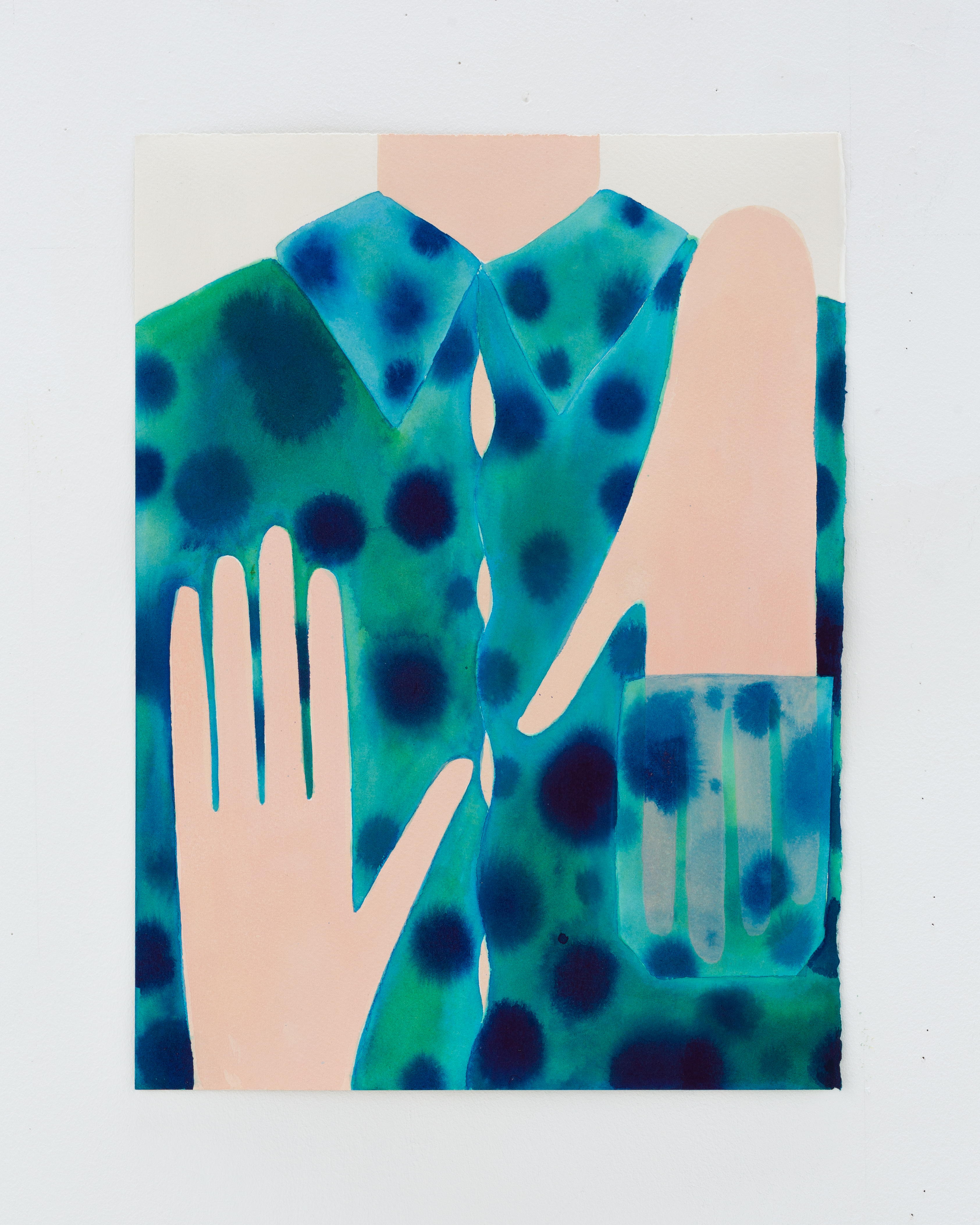
My favourite painting: Rana Begum
Bangladeshi artist Rana Begum chooses Hand Inside by Ellie MacGarry.
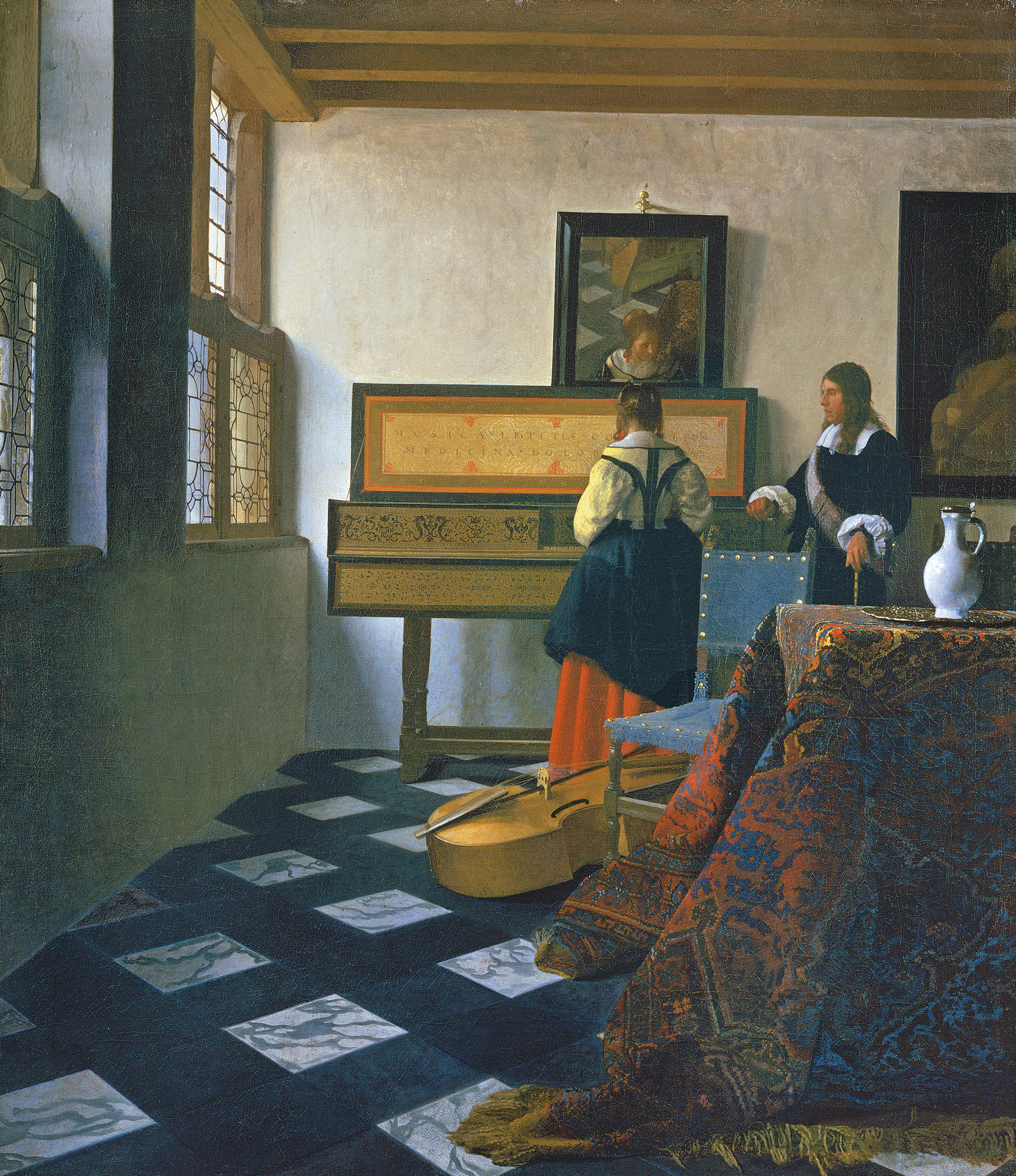
My Favourite Painting: Laurence Cumming
Laurence Cumming chooses one of the few works attributed with certainty to Johannes Vermeer.
Country Life is unlike any other magazine: the only glossy weekly on the newsstand and the only magazine that has been guest-edited by HRH The King not once, but twice. It is a celebration of modern rural life and all its diverse joys and pleasures — that was first published in Queen Victoria's Diamond Jubilee year. Our eclectic mixture of witty and informative content — from the most up-to-date property news and commentary and a coveted glimpse inside some of the UK's best houses and gardens, to gardening, the arts and interior design, written by experts in their field — still cannot be found in print or online, anywhere else.
-
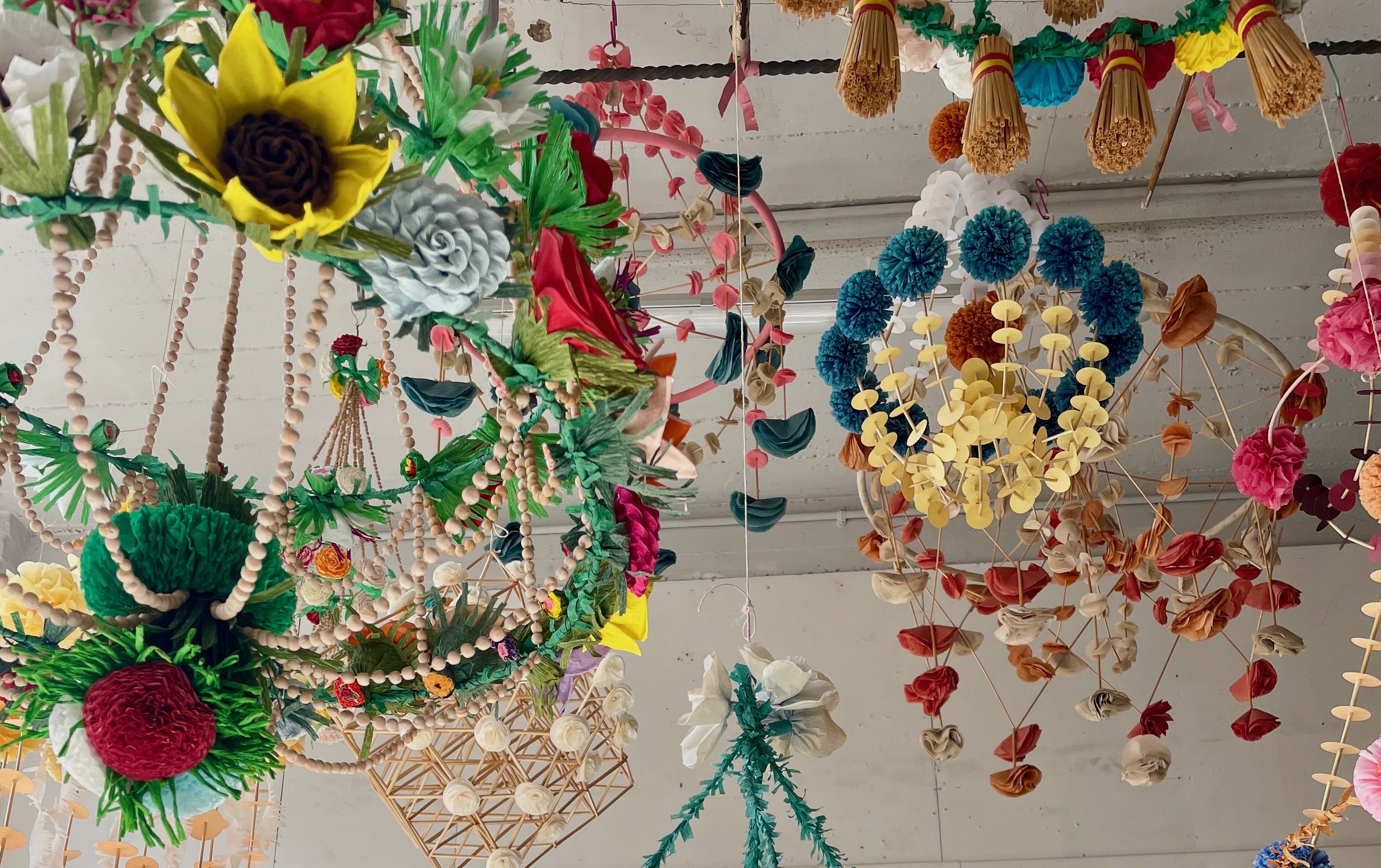 Burberry, Jess Wheeler and The Courtauld: Everything you need to know about London Craft Week 2025
Burberry, Jess Wheeler and The Courtauld: Everything you need to know about London Craft Week 2025With more than 400 exhibits and events dotted around the capital, and everything from dollshouse's to tutu making, there is something for everyone at the festival, which runs from May 12-18.
By Lotte Brundle
-
 Everything you need to know about private jet travel and 10 rules to fly by
Everything you need to know about private jet travel and 10 rules to fly byDespite the monetary and environmental cost, the UK can now claim to be the private jet capital of Europe.
By Simon Mills
-
 'As a child I wanted to snuggle up with the dogs and be part of it': Alexia Robinson chooses her favourite painting
'As a child I wanted to snuggle up with the dogs and be part of it': Alexia Robinson chooses her favourite paintingAlexia Robinson, founder of Love British Food, chooses an Edwin Landseer classic.
By Charlotte Mullins
-
 The Pre-Raphaelite painter who swapped 'willowy, nubile women' for stained glass — and created some of the best examples in Britain
The Pre-Raphaelite painter who swapped 'willowy, nubile women' for stained glass — and created some of the best examples in BritainThe painter Edward Burne-Jones turned from paint to glass for much of his career. James Hughes, director of the Victorian Society, chooses a glass masterpiece by Burne-Jones as his favourite 'painting'.
By Charlotte Mullins
-
 'I can’t look away. I’m captivated': The painter who takes years over each portrait, with the only guarantee being that it won't look like the subject
'I can’t look away. I’m captivated': The painter who takes years over each portrait, with the only guarantee being that it won't look like the subjectFor Country Life's My Favourite Painting slot, the writer Emily Howes chooses a work by a daring and challenging artist: Frank Auerbach.
By Toby Keel
-
 My Favourite Painting: Rob Houchen
My Favourite Painting: Rob HouchenThe actor Rob Houchen chooses a bold and challenging Egon Schiele work.
By Charlotte Mullins
-
 My Favourite Painting: Jeremy Clarkson
My Favourite Painting: Jeremy Clarkson'That's why this is my favourite painting. Because it invites you to imagine'
By Charlotte Mullins
-
 The chair of the National Gallery names his favourite from among the 2,300 masterpieces — and it will come as a bit of a shock
The chair of the National Gallery names his favourite from among the 2,300 masterpieces — and it will come as a bit of a shockAs the National Gallery turns 200, the chair of its board of trustees, John Booth, chooses his favourite painting.
By Toby Keel
-
 'A wonderful reminder of what the countryside could and should be': The 200-year-old watercolour of a world fast disappearing
'A wonderful reminder of what the countryside could and should be': The 200-year-old watercolour of a world fast disappearingChristopher Price of the Rare Breed Survival Trust on the bucolic beauty of The Magic Apple Tree by Samuel Palmer, which he nominates as his favourite painting.
By Charlotte Mullins
-
 My favourite painting: Andrew Graham-Dixon
My favourite painting: Andrew Graham-Dixon'Lesson Number One: it’s the pictures that baffle and tantalise you that stay in the mind forever .'
By Country Life